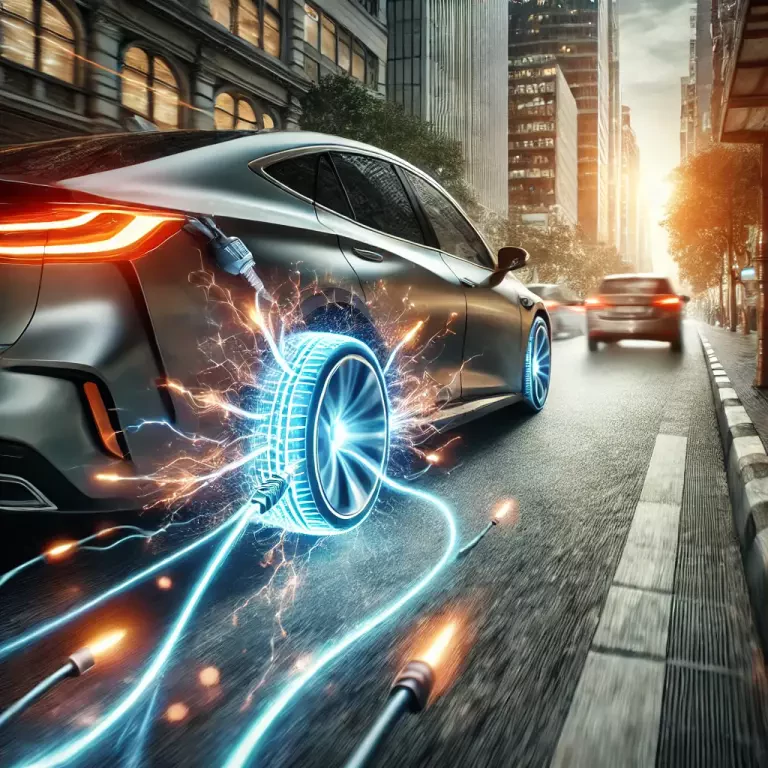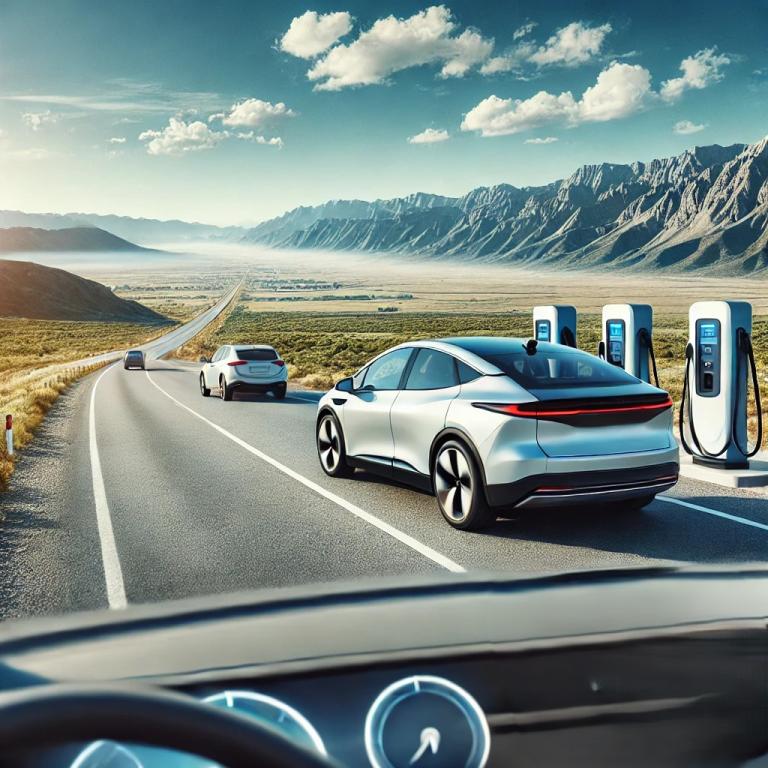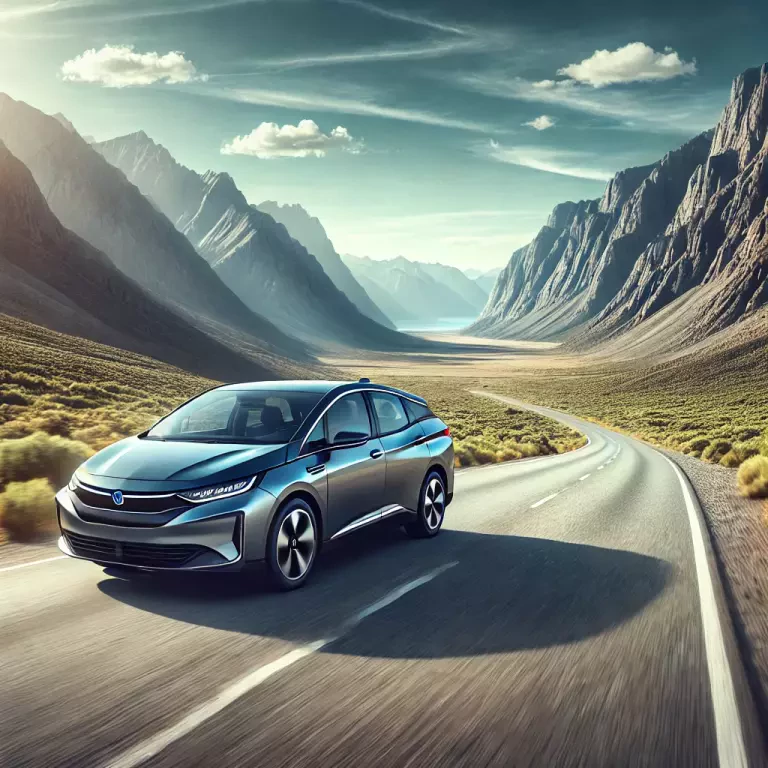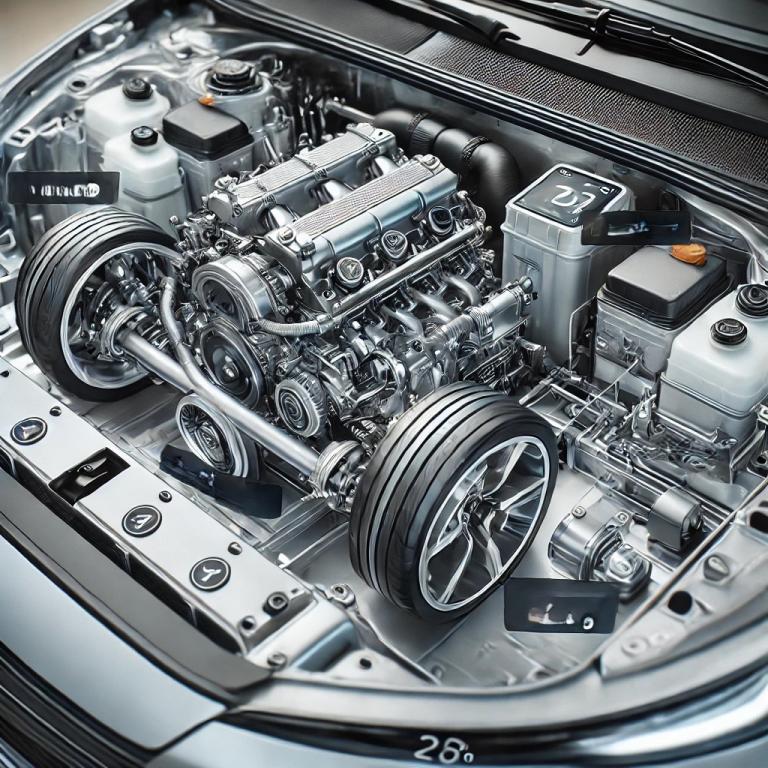
Understanding the technology behind hybrid cars is important when considering whether they suit your travel needs. The history of these vehicles showcases how each advancement has increased efficiency and overall performance. Various factors greatly influence long-distance travel with hybrid cars, which we'll break down in a comprehensive study of this topic. Get ready for a load of helpful information on taking a long trip with your hybrid vehicle!
Understanding Hybrid Cars
Hybrid cars combine an internal combustion engine with one or more electric motors to propel the vehicle. They are designed to achieve higher fuel efficiency and lower emissions than conventional gasoline-powered vehicles. The key feature of these vehicles is their ability to recapture energy that would otherwise be lost during braking and deceleration and to store this energy in a battery for later use. This function is known as regenerative braking.
Most hybrid vehicles can operate in electric-only mode, combustion-only mode, or a combination of both and switch between power sources based on driving conditions and battery charge level.
These come with different setups, referred to as "full hybrids," "mild hybrids," and "plug-in hybrids." Full hybrids can drive solely on electric power for short distances, mild hybrids cannot, and plug-in hybrids can cover longer distances on electric power. They can be recharged from an electrical outlet.

Performance Metrics for Long Trips
If you're planning a long trip with a these cars, performance metrics such as reliability, comfort, horsepower, and torque are important. A reliable hybrid car needs fewer stops for maintenance, thus reducing travel time. Comfort is also a priority for long road trips. In terms of horsepower and torque, hybrid vehicles have improved, making them comparable to fully gasoline-powered cars. This assures that the vehicle can handle various terrains but maintain appropriate highway speeds.
Factors That Influence Long-Distance Travel
Some key factors to consider when planning your trip with a hybrid include the driving speed, road and driving conditions, and climate and weather variables. These elements can influence a hybrid vehicle's fuel economy, battery usage, and comfort level during travel.
Speed and its impact on range
These automobiles usually gets the best fuel efficiency when you drive at moderate speeds. High speeds will cause more wind resistance, which will cause the engine to guzzle more gas. The electric motor in a hybrid is most effective at lower speeds, whereas the combustion engine takes on more of the workload at higher speeds. Overall, if you maintain a steady speed, you'll get more out of your car.
Hybrid systems often use regenerative braking technology, which harnesses energy during deceleration and recharges the battery. Quick acceleration and deceleration, which are common in city traffic, can lower a vehicle's efficiency.

Driving conditions and how they affect performance
Different driving conditions are bound to affect the performance of a hybrid vehicle. For example, smooth, flat roads allow for better energy conservation than hilly or mountainous terrain, where additional power is required to climb inclines. Again, stop-and-go traffic uses the electric motor and regenerative braking a lot, which can be good for the battery but requires the engine to kick in more often, bringing up your fuel costs.
Climate and weather
Climate and weather conditions can greatly impact a hybrid's performance. Extreme temperatures strain the vehicle's battery performance, whether hot or cold. Cold temperatures can reduce the battery's efficiency, leading to greater dependence on the gas engine, while in hot temperatures, air conditioning draws power from the battery. Wet or icy conditions can dampen fuel efficiency because more energy is needed to maintain traction and control.
Planning Your Road Trip
Setting off on a road trip with your vehicle can be an adventure, but it can also save you money if you plan it properly. Choosing your stops according to the needs of your hybrid vehicle is a must. Here are some things you should keep in mind:
Picking your route
When driving long distances in a hybrid car, planning your route involves more than just picking the shortest path from point A to point B. After all, the efficiency of a hybrid vehicle can be affected by the type of roads you travel on. Highways are usually the most efficient for hybrids because they allow the gasoline engine to run optimally and conserve electric charge for city driving conditions. Terrain also makes a difference, with hilly or mountainous landscapes demanding more from the engine. Consider these factors and map out the best possible route so you can save fuel and minimize overall travel time.

Charging station availability
As a plug-in hybrid driver, you'll need to be on the lookout for charging stations along the way. Knowing where they're located can help you to plan more efficiently and eliminate stress. Be sure to plan your route to include charging station stops so you can optimize your vehicle's electric range and save on gas. There are different apps and online resources available to locate charging stations. Also, some navigation systems offered by car manufacturers or third parties are equipped with real-time charging station information, which can be helpful on the road.
Setting strategic stop points
Aside from mapping out possible charging stations, you should also plan strategic stop points. Beyond the typical rest stops, consider points of interest, dining locations, and accommodations that offer overnight charging facilities. Restaurants and shopping areas with charging facilities allow you to optimize time by charging the vehicle while engaging in other activities. When overnight stops are required, select lodgings that provide charging options so you start each day with a full electric charge, ready for travel.
Practical Tips for Long-Distance Travel
Traveling long distances in a hybrid vehicle is not just about refueling or charging; it also requires solid preparation. There are ways you can prepare for your journey to maximize efficiency and safety. Below are several practical tips.

Prepare an Emergency Kit
Every vehicle should carry an emergency kit, especially on a long-distance journey. For a hybrid car, your kit should include:
- Basic tools: jack, lug wrench, and jumper cables.
- Tire care: spare tire, tire inflator, and sealant.
- Visibility aids: reflective triangles and a high-visibility vest.
- Weather essentials: blanket, extra clothing, and water.
- Technology: a flashlight with extra batteries, a portable charger, and a paper map in case of electronic failures.
Comfort and Convenience Considerations
The long hours you spend on the road should be as comfortable as possible. Here are some things that can make your trip better:
- Seat cushions or supports for better posture.
- Climate control: make sure your A/C and heater are functioning well.
- Drinks and snacks to keep up your energy levels.
- Entertainment: music or audiobooks and possibly headrest screens for passengers.
- Navigation tools: up-to-date GPS or updated maps on your mobile devices.
Monitoring Vehicle Performance on the Road
Keeping an eye on your car's performance is extremely important to avoid problems. You should often:
- Check the dashboard for any alerts or changes in the vehicle's diagnostic system.
- Continually check your fuel and battery levels so you won't be caught off guard.
- Pay attention to any strange noise or unusual vibrations that could mean there's a problem.
By focusing on these aspects of long-distance travel, you can have a much better experience.

Final Thoughts on Traveling with a Hybrid Vehicle
In summary, traveling long distances in a hybrid can be an enjoyable and eco-friendly option. If you plan your route, prepare an emergency kit, and monitor your vehicle’s performance, you can tackle long journeys with confidence. As you hit the road, remember that preparing yourself and being aware will help you have a great trip in your hybrid vehicle.
For those seeking help shipping their vehicle, we are prepared to help. Contact us to find out which option works best for you and hear about all the details involved.
Get your free quote today!






 Share on Facebook
Share on Facebook Share on LinkedIn
Share on LinkedIn Share on Twitter
Share on Twitter




 Google
Google  Instagram
Instagram  Trustpilot
Trustpilot 



